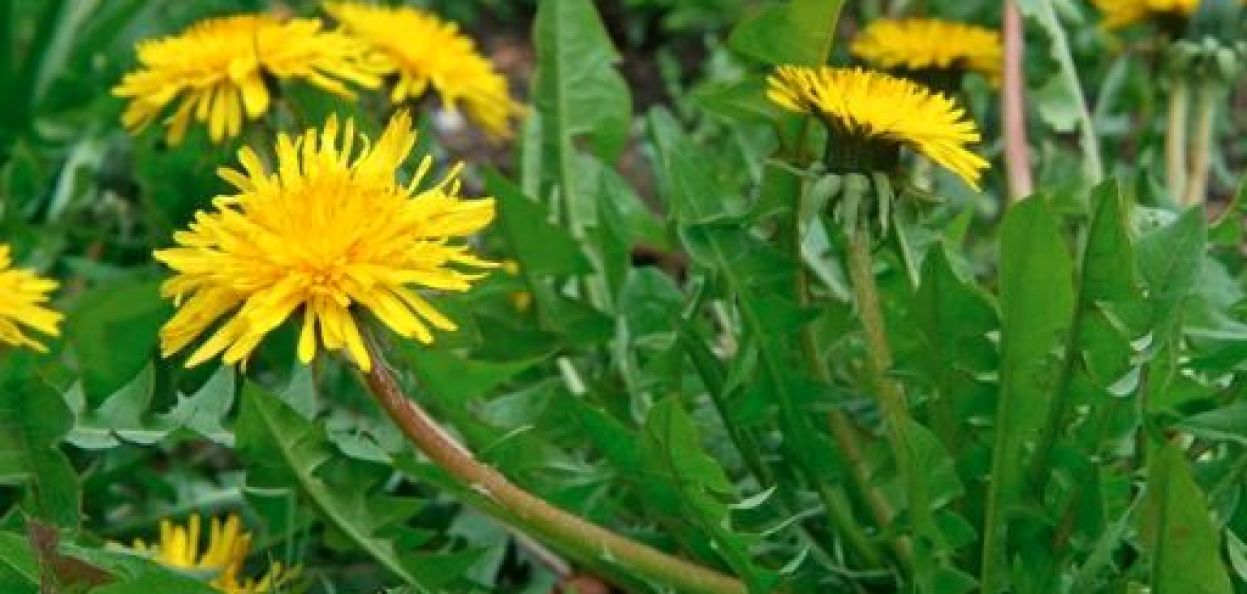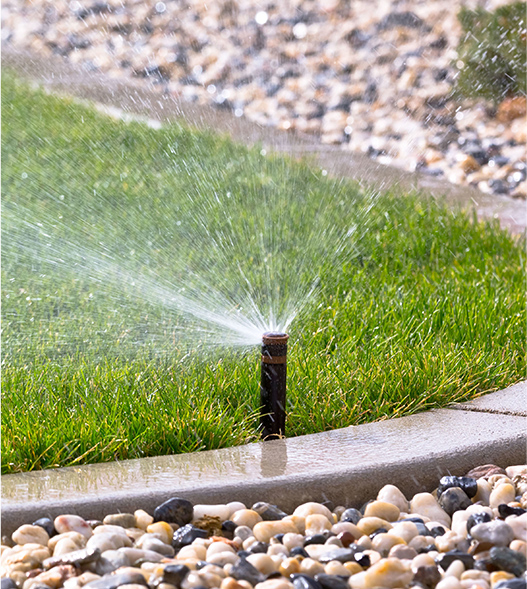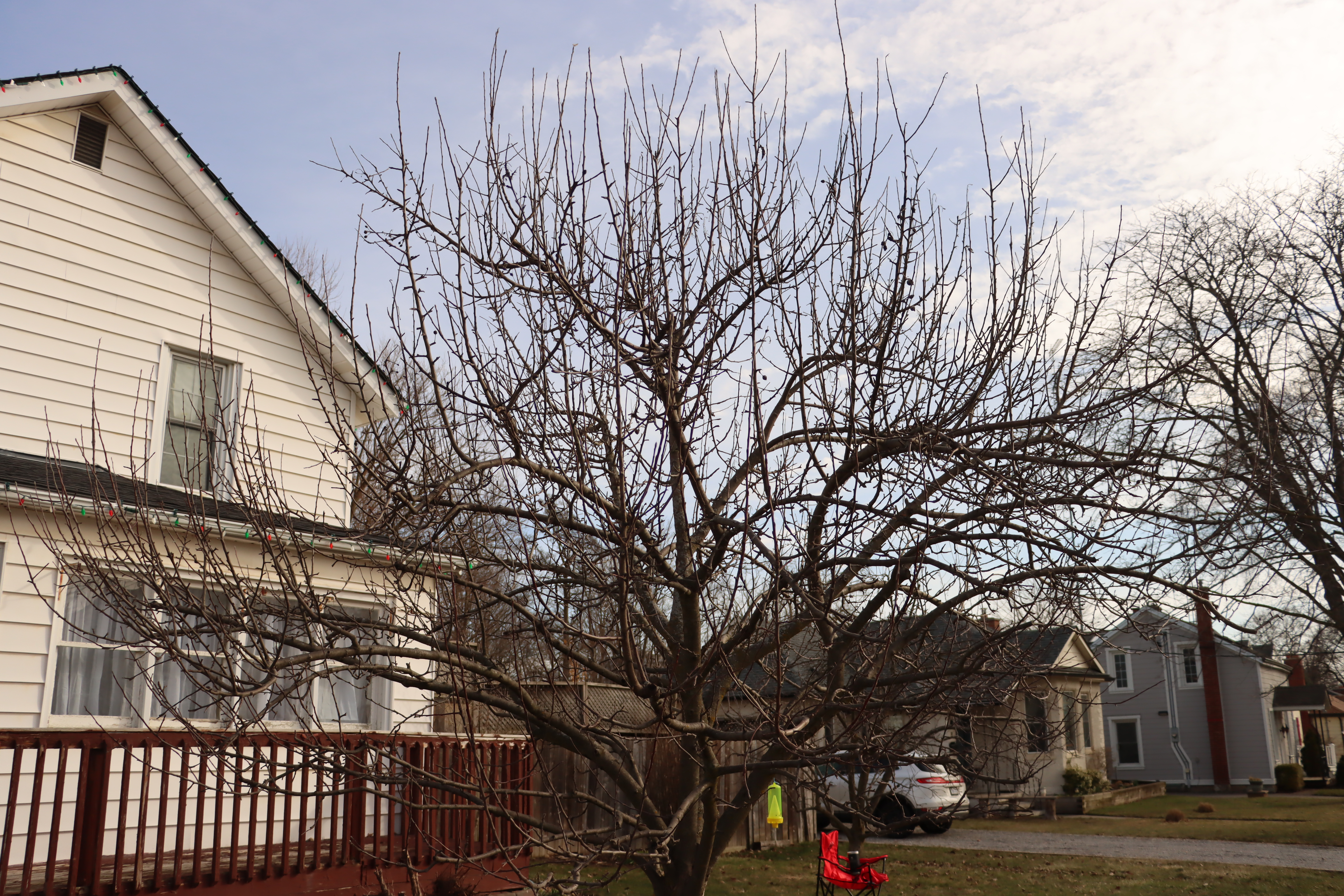We are very excited to announce we have received our Operator’s Licence from the province of Ontario. We are now able to help our clients control broad leaf weeds and pests such as Box Tree Moth and more.
Understanding Broadleaf Weeds and How Fiesta Controls Them
Broadleaf weeds are a common nuisance in lawns, easily recognizable by their wide, flat leaves that differ from the narrow blades of grass. These weeds include species like dandelions, clover, thistles, and chickweed, and they often compete with turfgrass for sunlight, water, and nutrients—leading to patchy lawns.
What Are Broadleaf Weeds?
Broadleaf weeds are a diverse group of non-grassy plants that typically have:
- Broad, flat leaves with a central vein
- A distinct stem and root system
- The ability to flower and produce seeds quickly
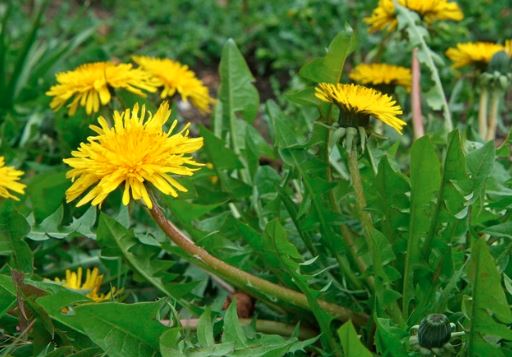
Dandelion
Common examples include:
- Dandelion
- White clover
- Chickweed
- Canada thistle
- Plantain
These weeds thrive in weakened or stressed lawns, especially where soil compaction, poor drainage, or nutrient imbalances exist.

How Fiesta Herbicide Works
Fiesta Lawn Weed Killer is a selective, post-emergent herbicide designed specifically to target broadleaf weeds without harming your grass. Its active ingredient is iron chelate (FeHEDTA), a compound that is safe for people, pets, and the environment when used as directed.
Here’s how it works:
- Selective action: Fiesta targets only broadleaf weeds, leaving turfgrass unharmed.
- Contact herbicide: It works by being absorbed through the leaves of the weed, causing rapid cell damage and plant death.
- Iron overload: The high concentration of iron disrupts the weed’s ability to produce chlorophyll, leading to blackening and death of the plant tissue within hours to days.
Application Tips
To get the best results:
- Identify the weeds you want to control.
- Apply Fiesta using a sprayer, ensuring full coverage of the weed leaves.
- Avoid mowing right before or after application to allow maximum absorption.
- Repeat applications may be necessary for persistent or mature weeds.
Why Choose Fiesta?
- Approved for use in Ontario under strict pesticide regulations
- Low-risk and eco-friendly, making it ideal for residential and commercial lawns
- Fast-acting with visible results in as little as 24 hours
- Safe for pets and children once the treated area has dried
Protecting Your Boxwoods: Understanding Box Tree Moth and Dipel Control
The Box Tree Moth (Cydalima perspectalis) is an invasive pest that poses a serious threat to boxwood plants across North America. Originally native to East Asia, it has spread rapidly in Europe and was first detected in Canada in 2018.
What Is the Box Tree Moth?
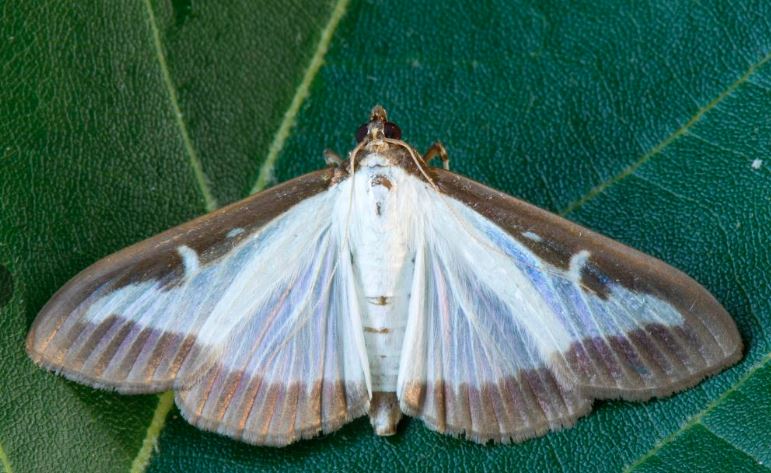
Box Tree Moth larvae feed voraciously on boxwood leaves and bark, causing:
- Severe defoliation
- Unsightly webbing and frass
- Weakened or dying shrubs
The caterpillars are lime green with dark stripes and can grow up to 2 cm long. Adult moths have two color morphs: one with white wings bordered in brown, and another that is mostly dark brown with white specks.
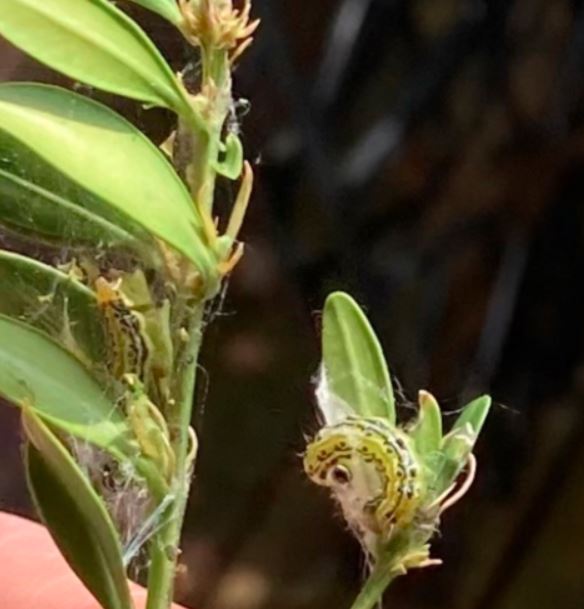
How Dipel Works
Dipel is a biological insecticide containing Bacillus thuringiensis var. kurstaki (Btk), a naturally occurring bacterium. It’s highly effective against caterpillars like the Box Tree Moth while being safe for beneficial insects, pets, and people.
Mode of Action:
- Ingestion-based: Caterpillars must consume treated foliage.
- Gut disruption: Btk produces proteins that damage the insect’s digestive system, causing it to stop feeding and die within days.
- Target-specific: Only affects caterpillars, minimizing harm to non-target organisms.
Application Tips
To maximize Dipel’s effectiveness:
- Apply early when larvae are small and actively feeding.
- Ensure thorough coverage of boxwood foliage.
- Repeat applications every 7–10 days during active infestation periods.
- Monitor regularly using pheromone traps and visual inspections.
Why Choose Dipel?
- Low environmental impact
- Safe for pollinators and pets
- Proven efficacy against Box Tree Moth larvae

